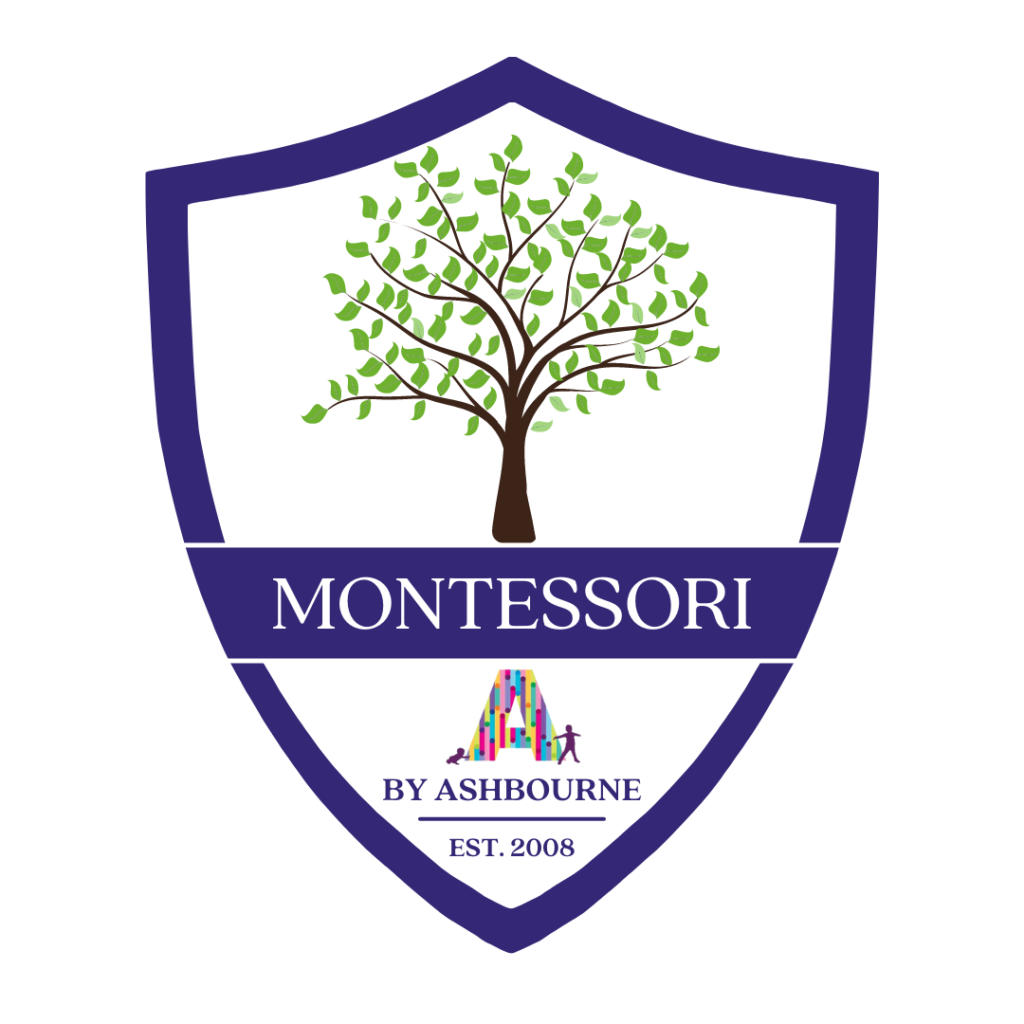The 5 Areas
Practical Life
There are four main categories of this area: care of self, grace and courtesy, control of movement and care of the environment.
The Practical Life area consists of purposeful activities that relate to everyday life. These activities help to develop motor control and coordination, independence, concentration, and a sense of responsibility.
The activities are arranged according to ability, and, once a child has mastered one, they are able to move onto the next.
Some examples of Practical Life activities are: washing hands- this helps to improve the child’s order, concentration, coordination, and independence. Pouring- this helps to build the child’s control of body movement, concentration, and fine motor skills. Carrying a chair- helps the child to develop respect for their environment and to respect their peers whilst they are working.
Sensorial
This area focuses on activities that help to develop the five senses: visual, auditory, tactile, gustatory, and olfactory. There are two main aims of the Sensorial materials.
- Refinement of the senses (development of sensory perception).
- Classification of their environment (intelligence).
The Sensorial area provides activities that help children to begin to classify, clarify, and understand the world around them. Activities include pairing, grading, sorting, and discrimination.
Some examples of Sensorial activities are: The Pink Tower- this helps the child to develop a concept of size in three dimensions and helps to develop their fine motor skills. The Colour Tablets- these help to develop the child’s visual sense of colour. The Smelling Bottles- these help children to isolate their sense of smell.
Language
The Language area materials are designed to teach the child the intricacies of written and spoken language. Here, children will develop a firm grasp of speaking and writing. Children will explore letters, sounds, handwriting, and eventually spelling and writing.
Children have a thirst for language and communication, and it allows them to express themselves, whether it be through their thoughts, needs, or ideas to others.
Some examples of Language activities are: Classified Cards- help the child with language development and enable them to begin to classify objects in their environment, whist also, preparing them for later studies in those various subject areas. Matching Object and Pictures- helps the child to explore the idea of abstraction. They are able to make the connection between what they can hold in their hand and what they can see on the picture.
Language is used throughout all five of the areas. The Practical Life and Sensorial activities will have been indirectly preparing the child for reading and writing.
Mathematics
The Mathematics area is designed to help the child develop logically from concrete to abstract, and from simple to complex. The child naturally has a mathematical mind, they love to count, sort and order things, and the Mathematics area provides for this.
Some examples of Mathematics activities are: The Number Rods- these help the child to learn the names of the numbers and their sequence. They help the child to learn to correctly associate between the spoken number and its quantity. The children will soon recognise which rod represents which number. Numbers and Counters- this allows the child to demonstrate their understanding of symbol recognition, sequencing, and quantity.
The Sandpaper Numbers- these help teach the child the symbols that represent each number. They allow the child to visually identify numbers from 0-9.
Culture
The Culture area introduces children to different cultures of the world in which they live, from different countries to different types of animals, plants, foods, music, and science. This helps the child to adapt to the world around them. Having a good knowledge of these things allows the child to feel more confident and comfortable and helps them to become connected to the world whilst also allowing for a greater appreciation and love of their world.
There are six different areas in Culture: The World, The World of Plants, The World of Animals, The World of Art, The World of Music and The World of Science.
Some examples of Culture activities are: The Land and Water Globe- here the child is introduced to the concept of our world. They are given a sensorial experience and expression that our world is made up of land and water. The Globe of Continents- this allows the child to continue exploration of the globe and helps the child to realise that the land is made up of continents and the water, oceans.














